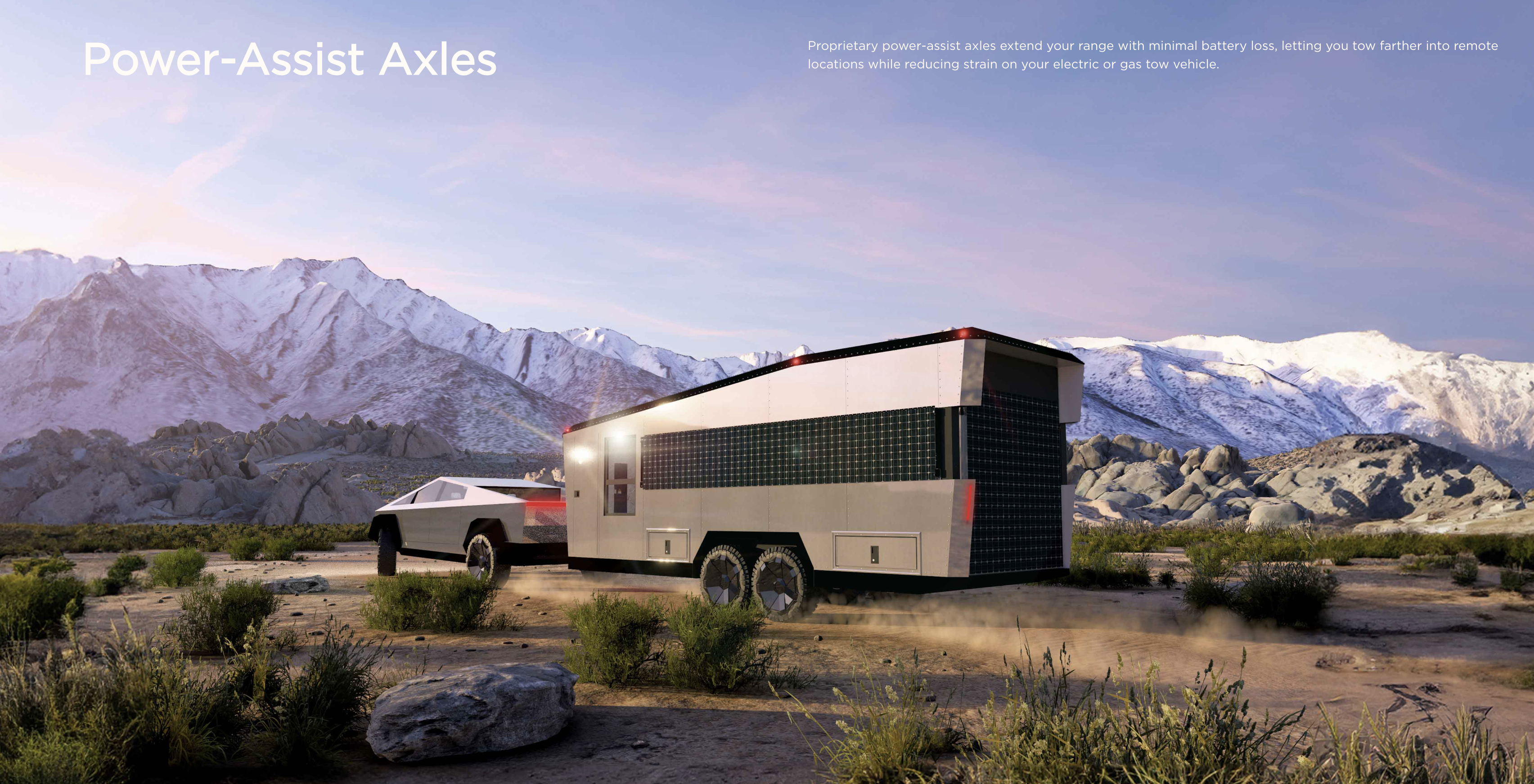Sign up for daily news updates from CleanTechnica on email. Or follow us on Google News!
The solar PV market in a lot of African countries has grown thanks to project developers and financiers offering attractive power purchase and lease agreements to clients in the C&I sector. Uptake was driven without any government incentives in most of these countries. Uptake was simply influenced by savings customers were able to derive from offsetting daytime consumption with solar tariffs that were below their usual tariffs from the grid. Consumers did not have to fork out large amounts of cash up front, and they could enjoy the benefits for no money down under 10, 15, or 20-year plans where they only pay for the energy they consume. One of the leaders in this space is CrossBoundary Energy, a developer, owner, and operator of distributed renewable energy solutions for businesses, providing cheaper and cleaner energy through power purchase and lease agreements.
CrossBoundary Energy now has a portfolio of over a hundred megawatts of solar PV assets across several countries on the African continent. One of their first projects was the 900kW Garden City project in Nairobi, Kenya, in 2016. I feel like the electric mobility sector in Africa is now at a similar stage to where the C&I solar sector was in 2016.
There are several firms across the African continent that are now transitioning from pilot phases to early commercialization, and to some extent, mass rollout of their products. The electric motorcycle sector is one of the sectors that has been receiving the most attention. To lower barriers to entry and promote adoption, most of the firms that are active in this sector offer battery swap services, where riders can own the motorcycle and then access fully charged batteries for a fee or just pay for the energy they consume at a battery swap center. Rolling out the infrastructure to support the ownership and management of these battery swap centers requires substantial investment to really scale. This is where the lessons learned from the solar sector can play a key role in advancing the development of infrastructure to support the adoption of electric vehicles.
This is why I was delighted to hear about the new partnership between CrossBoundary Energy and Ampersand. Ampersand is one of Africa’s leading EV energy tech companies, cutting carbon emissions and driving clean economic prosperity by making our EV energy technology and infrastructure accessible to the mass market. Here are some of the key takeaways from the partnership where CrossBoundary Energy and Ampersand are teaming up to power electric 2-wheeler (E2W) motorbikes with solar energy at strategically located charging stations in Nairobi. The announcement was made during Africa E-Mobility Week held last week in Nairobi.
- CrossBoundary Energy will pilot financing and owning charging infrastructure and batteries for the EV energy tech company Ampersand at an Ampersand swap station in Nairobi.
- Electric 2-wheelers will be powered by batteries charged by a solar PV system.
- Ampersand will pay CrossBoundary Energy for the power consumed as well as manage battery maintenance and charging station operations.
Therefore, the sun could power your next ride on one of Ampersand’s e-bikes in Kenya — how cool is that? The pilot project will consist of 36 electric charging units and 150 lithium-ion batteries suitable for E2W vehicles, charged by a 37kWp solar PV system. Ampersand currently operates nearly 1000 electric motorbikes across Kenya and 3000 in Rwanda, with ambitious growth plans for East Africa. In addition to Ampersand’s own network of swap stations in Nairobi, the company will partner with CrossBoundary Energy to pay for the renewable electricity used to charge some of its batteries at an affordable tariff, enabling it to scale more quickly and even more sustainably.
Two-wheelers are a popular and significant transportation segment in Africa, often used for taxis or delivery services. Due to widespread commercial use and comparable affordability to imported EV cars, E2Ws are projected to account for up to 70% of total EV sales in Africa by 2040. However, the high capital investment required to set up charging stations and the lack of charging infrastructure can hinder E2W adoption in Kenya. Together with Ampersand’s existing network of energy infrastructure for commercial electric motorbikes, CrossBoundary’s solution provides an off-balance sheet option that can reduce operating costs for E2W providers.
Hezbon Mose, Kenya Country Director at Ampersand, said, “The availability of reliable, affordable charging infrastructure is essential to scaling our operations and meeting the growing demand for e-mobility in Kenya. With CrossBoundary Energy’s solution, we are confident we can expand faster and more efficiently, bringing our e-bikes to more riders across Kenya and East Africa. By leveraging solar power this expansion will be even more sustainable, cutting carbon emissions faster.”
CrossBoundary Energy’s expertise in offering off-balance sheet distributed energy solutions that reduce operational costs is tailor-made for the expansion of the e-mobility sector in the region.
Tombo Banda, Managing Director and Head of CrossBoundary’s Innovation Lab, said, “This launch is exciting for many reasons – firstly, it marks the start of CrossBoundary Energy’s foray into the e-mobility sector, in which we hope to play the same role we have played for C&I solar and mini-grids – accelerating private investment and driving growth. Secondly, because we are working with a partner with a strong track record and ambitious plans for East Africa, we hope to play an important part in supporting Ampersand to achieve their plans to scale.”
According to the International Energy Agency, road transportation accounts for about one-sixth of global greenhouse gas emissions — a carbon footprint expected to grow 53% as an estimated 360 million E2Ws take to the roads by 2035. Distributed energy solutions can help mitigate this impact by providing an affordable pathway to powering Africa’s transport future while reducing emissions and creating more sustainable urban economies. Kenya’s grid is already powered by close to 90% renewables. The addition of distributed solar power battery swap stations to complement what consumers can get from the grid will make sure that EVs in Kenya will be powered by renewables to an even larger extent.
The electric motorcycle sector is starting to show real traction in Kenya. 2023 was the first time the Kenyan motorcycle sales market saw a noticeable increase in the share of electric motorcycles in the overall new registrations market. In 2023, there were 70,691 motorcycles sold in Kenya, and 2,557 of these were electric. That means 3.6% of motorcycles sold in 2023 in Kenya were electric — almost 4%! Soon the market share will reach the critical 5%, which is generally viewed as the tipping point indicating the start of mass adoption. The share of electric motorcycles rose to 3.6% in 2023 from 2.8% in 2022 and 0.5% in 2021. Partnerships such as the one between CrossBoundary Energy and Ampersand are going to help this sector get to the next level.
Images courtesy of Ampersand

Have a tip for CleanTechnica? Want to advertise? Want to suggest a guest for our CleanTech Talk podcast? Contact us here.
Latest CleanTechnica.TV Videos
CleanTechnica uses affiliate links. See our policy here.
CleanTechnica’s Comment Policy







